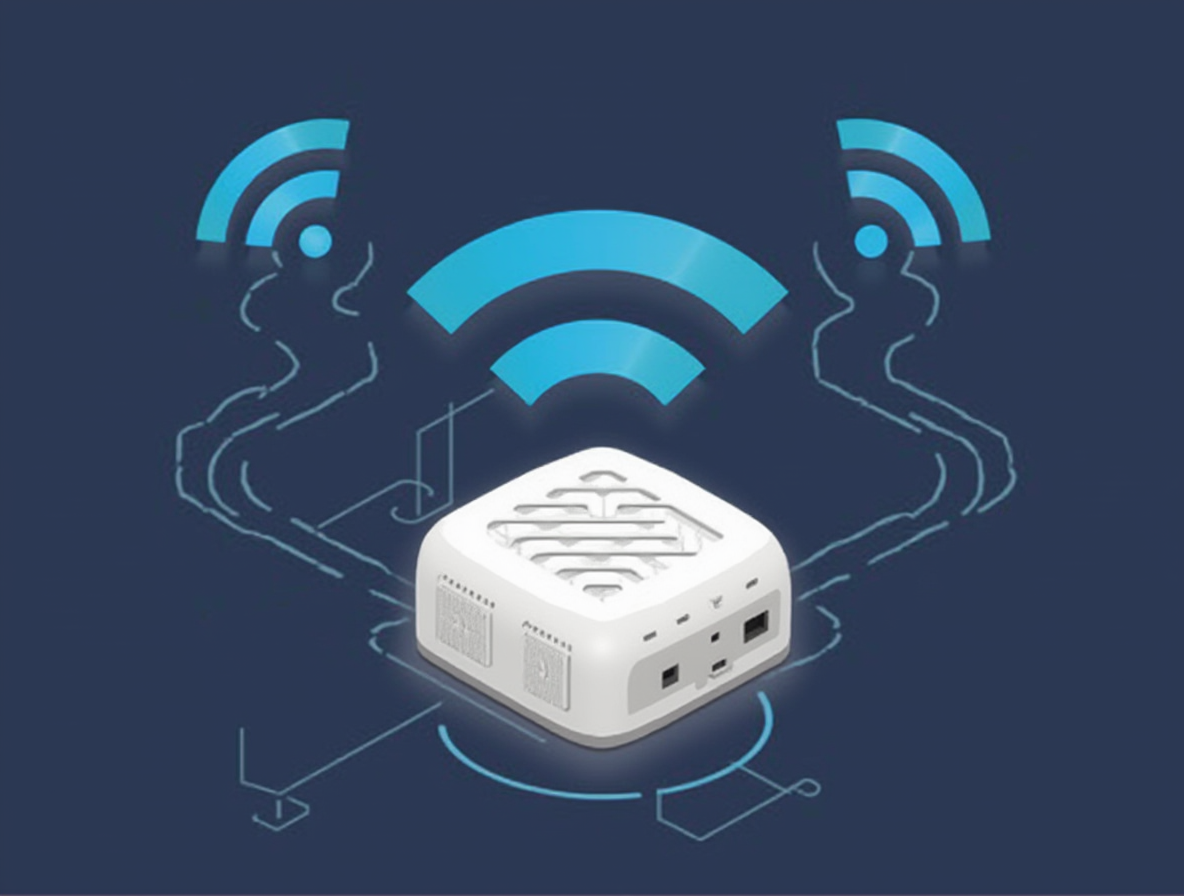
Working From Home? Why Your Internet Connection Matters More Than Ever
The shift to remote work has transformed how we operate. Kitchen tables became desks, commutes evaporated, and video calls replaced conference rooms. But underpinning this entire revolution is one critical piece of infrastructure: your home internet connection.
We often take it for granted – until it fails. A frozen video call during a crucial presentation, agonizingly slow file uploads stalling a project, or the VPN dropping right before a deadline – these aren't just minor annoyances anymore. In the work-from-home (WFH) era, your internet connection is your lifeline to colleagues, clients, and critical tools. It's no longer just for streaming movies; it's fundamental to your productivity, professionalism, and even your stress levels.
But why does it matter so much, and what actually makes a connection "good" for remote work? Let's break it down.
Beyond Browsing: The Unique Demands of WFH
Simply "having internet" isn't enough. Remote work tasks put unique strains on your connection that casual browsing or streaming don't:
- Video Conferencing (Zoom, Teams, Meet): This is the big one. Clear video requires decent download speed, but sending your video feed clearly relies heavily on upload speed. Lag, freezing, or robotic audio are often caused by high latency (ping) or instability (jitter), making real-time conversation frustrating or impossible.
- Cloud Collaboration & SaaS Tools: Real-time document editing (Google Workspace, Microsoft 365), instant messaging (Slack), and using cloud-based project management or CRM software all require a constantly responsive connection. High latency means delays in seeing updates or saving changes.
- VPN Connections: Accessing secure company networks via VPN adds overhead. A slow or unstable connection can make VPN performance painfully sluggish or lead to frequent disconnects.
- Large File Transfers: Sending or receiving design files, code repositories, large datasets, or video projects demands significant upload and download bandwidth. Waiting hours for files is a major productivity killer.
The Hidden Costs of a Subpar Connection
A poor internet connection doesn't just waste time; it has tangible negative impacts:
- Lost Productivity: Every minute spent waiting for pages to load, files to upload, or calls to reconnect is time not spent working. This adds up significantly.
- Increased Stress: Fighting with your connection is mentally draining and adds unnecessary stress to your workday.
- Unprofessional Appearance: A consistently glitchy video feed or dropped calls can appear unprofessional to clients and colleagues.
- Collaboration Barriers: Difficulty participating smoothly in real-time collaboration hinders teamwork.
What Defines a "Good" WFH Internet Connection?
It's not just about the advertised download speed. Here's what truly matters:
- Sufficient Download Speed: Yes, you need enough speed to receive data quickly (general recommendation: at least 50-100 Mbps per person working from home, more if others are streaming/gaming).
- Robust Upload Speed: Often overlooked, but crucial for sending your video feed, uploading files, and cloud saves. Asymmetrical connections (like many cable/DSL plans where upload is a fraction of download) struggle here. Aim for at least 20 Mbps upload, but more is significantly better.
- Low Latency (Ping): Essential for real-time interaction. Measured in milliseconds (ms), lower is better. Anything consistently under 50ms is good; under 20ms is excellent for smooth video calls and responsiveness.
- Reliability & Stability (Low Jitter): The connection needs to be consistent, without frequent drops, slowdowns, or wild fluctuations in latency (jitter).
Why Connection Technology is Key: Enter Fiber Optics
The type of connection delivering internet to your home significantly impacts these metrics. While older technologies like DSL and Cable have improved, they often face inherent limitations due to copper wiring and shared infrastructure.
Fiber-to-the-Home (FTTH) represents a major leap forward. By using light signals transmitted through dedicated glass fibers directly to your home, it inherently offers:
- Higher Speeds (Both Ways): Fiber easily supports gigabit and even multi-gigabit speeds. Crucially, it often offers symmetrical speeds, meaning your upload speed matches your download speed – a massive advantage for WFH.
- Ultra-Low Latency: Light travels fast! Fiber connections typically have significantly lower ping times than cable or DSL.
- Greater Reliability: Fiber is less susceptible to interference, weather conditions, and neighborhood bandwidth congestion that can plague older technologies.
For remote workers relying on seamless video calls, fast uploads, and instant cloud access, the difference fiber makes can be transformative. If your current connection feels like a bottleneck despite troubleshooting, exploring fiber options might be the solution. Many areas now have dedicated fiber providers expanding their networks; you can investigate if this superior connection technology is available at your address here: https://www.gometrofiber.com.
Quick Tips While You Evaluate
While upgrading might be the ultimate solution, try these first:
- Use Ethernet: A wired connection to your router is almost always faster and more stable than Wi-Fi.
- Optimize Router Placement: Central, elevated, and away from obstructions. (See our full WiFi optimization guide!)
- Check Your Router Age: Older routers can bottleneck even fast connections.
- Minimize Household Congestion: Schedule large downloads or coordinate heavy usage with others if possible.
Conclusion: Your Internet is Your New Office
In the remote work landscape, your internet connection isn't just a utility; it's the foundation of your virtual office. Investing in a fast, reliable, low-latency connection with strong upload speeds isn't a luxury – it's an investment in your productivity, professionalism, and daily sanity. Don't let a subpar connection hold you back; ensure your digital lifeline is strong enough for the demands of modern work.
TL;DR: WFH Internet Essentials
- WFH demands more than browsing: Video calls, cloud apps, VPNs, file uploads need strong performance.
- Key metrics: Download AND Upload Speed, Low Latency (Ping), Reliability (Low Jitter).
- Bad connection costs: Lost productivity, stress, unprofessional appearance.
- Fiber optic internet excels for WFH: Offers high symmetrical speeds, low latency, and reliability. (Check Fiber Availability)
- Quick fixes: Use Ethernet, optimize router placement, manage household usage.
- Bottom Line: Treat your internet as critical WFH infrastructure.


